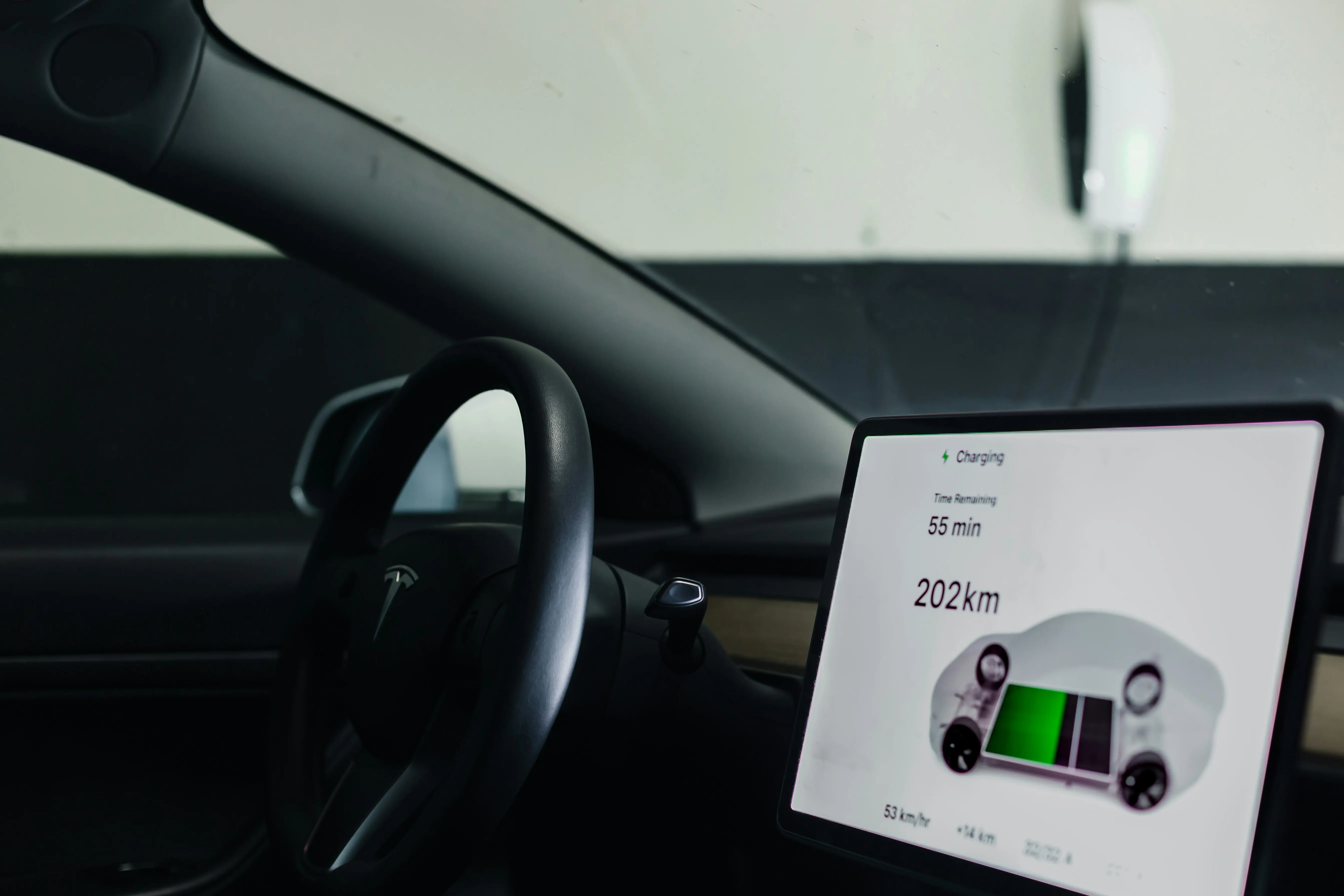New Method To Recycle Lithium From Ev Batteries Could Cut Costs

The growing number of electric vehicles (EVs) on the roads has sparked interest in how to handle their used batteries. A team at the University of Wisconsin–Madison, led by chemistry professor Kyoung-Shin Choi, has devised a novel electrochemical method to recycle lithium from these batteries. This method aims to make recycling more economically feasible and sustainable.
What is the process? Choi and her team have developed a two-step electrochemical process. First, lithium ions are extracted from spent lithium iron phosphate (LFP) batteries using a lithium-ion storage electrode. These ions are then released into another solution to recover them as pure lithium chemicals. This method minimizes chemical use and waste, unlike current energy-intensive methods that are economically unviable.
Why is this significant? LFP batteries, used by major EV makers like Tesla and BYD, are cheaper and safer but less valuable to recycle due to their low content of high-value metals. Recycling lithium from these batteries can reduce reliance on environmentally harmful lithium mining and help meet new EU regulations requiring recycled lithium in EVs by 2031.
What are the next steps? The method has already attracted interest from automakers and battery producers eager to enhance battery market resilience. Choi's team is working on a prototype to explore the commercial scaling of the technology, which includes forming a startup to facilitate its market entry.
Challenges and Open Questions
While the technology shows promise, scaling it effectively is crucial. The process must integrate seamlessly with existing recycling steps, such as the use of black mass (a material from spent batteries), to make the transition smooth and cost-effective.
This research is supported by Samsung E&A and the National Science Foundation Graduate Research Fellowship Program.